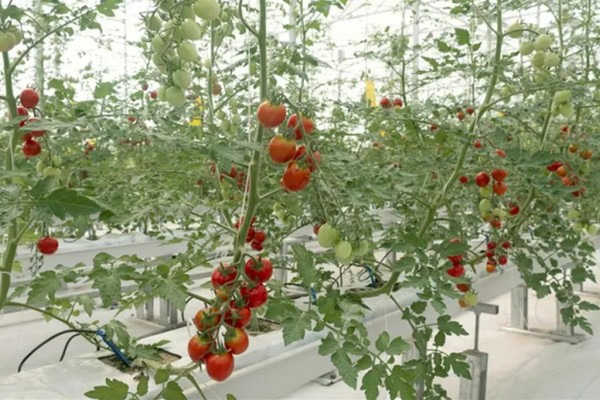The substrate blocks for soilless cultivation of tomatoes in glass greenhouses are mostly made of rock wool or coconut strips. The substrate has good soilless water absorption and air permeability, which can isolate soil-borne diseases. Today, let's share how the substrate strips are foamed before planting.
Before the substrate strips are foamed, the irrigation main pipeline should be flushed and disinfected. First, flush the pipeline with a nitric acid solution with a pH of 1.9 to 2.1, let it stand for 12 hours, and then rinse it with clean water. Then flush the pipeline with a sodium hypochlorite solution with a pH of 9.9 to 10.1, let it stand for 12 hours, and then rinse it with clean water.

Arrange the substrate strips according to the length of the substrate strips and the planting density. When placing, complete one row as a reference row, and place the remaining rows according to the reference row. It is advisable to keep about 50 cm of space at the end of each row of planting troughs.
The amount of liquid supplied to the substrate strips for soaking is generally 120% of the volume of the substrate strips. The conductivity of the nutrient solution should be 3.5mS/cm~4.0mS/cm, and the pH should be 5.3~5.5. The soaking time should be maintained for at least 12 hours.
The drainage holes on the substrate strips should be opened half a day before planting. Each substrate strip should have 6 drainage holes, 3 on each side of the substrate strip, and the opening should be inverted T-shaped, with a horizontal incision of 4cm and a vertical incision of 2cm. The opening position should avoid being directly below the drip arrow.
Source: hualianggreenhouse.com
